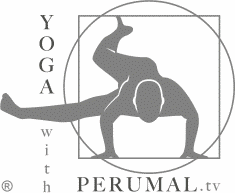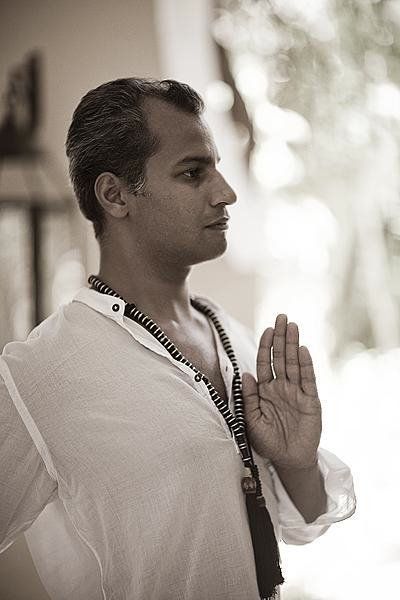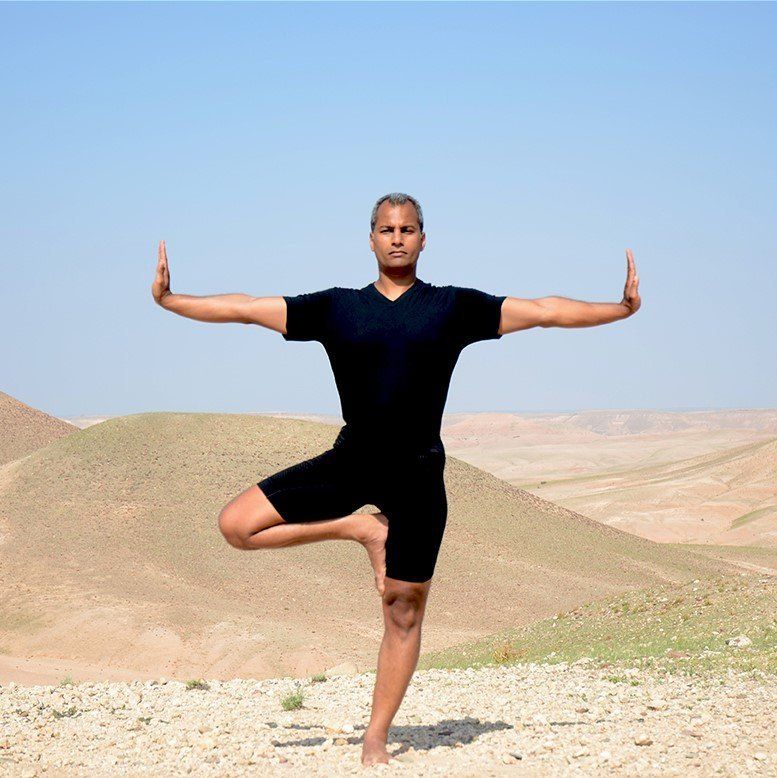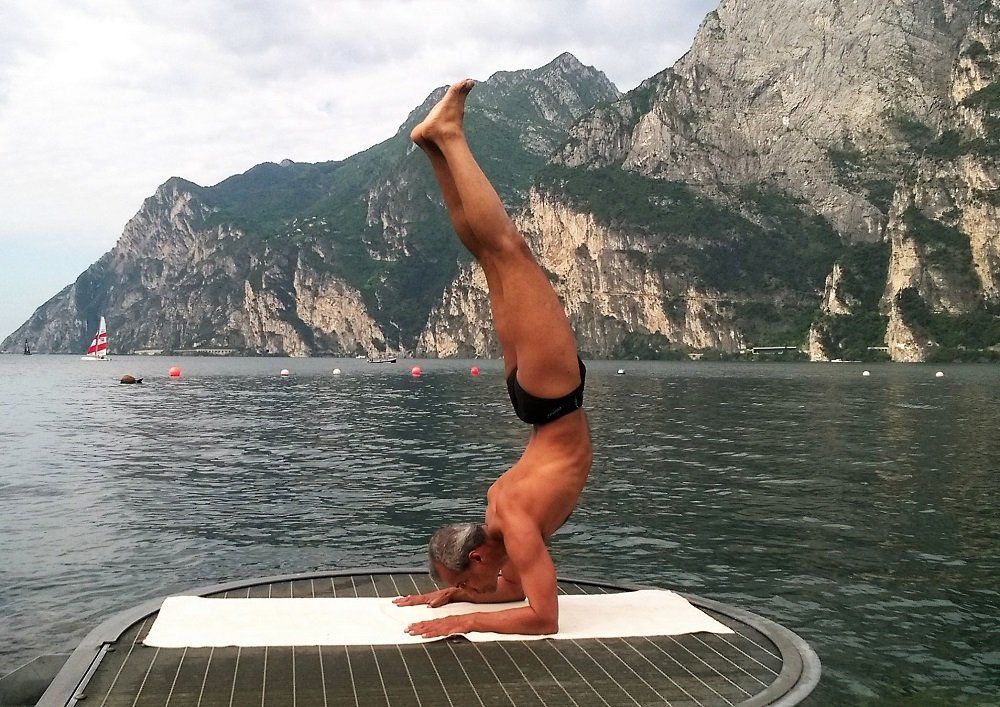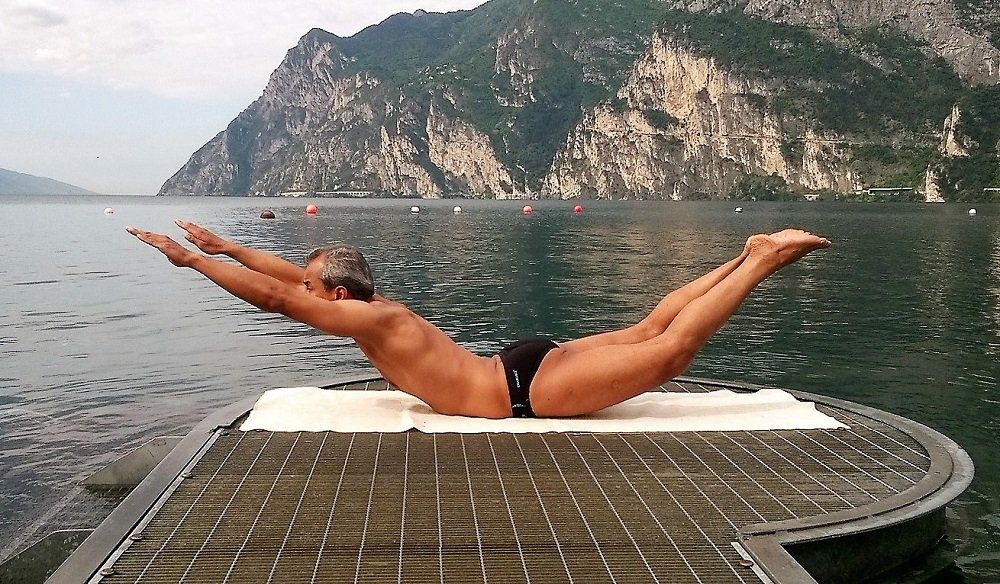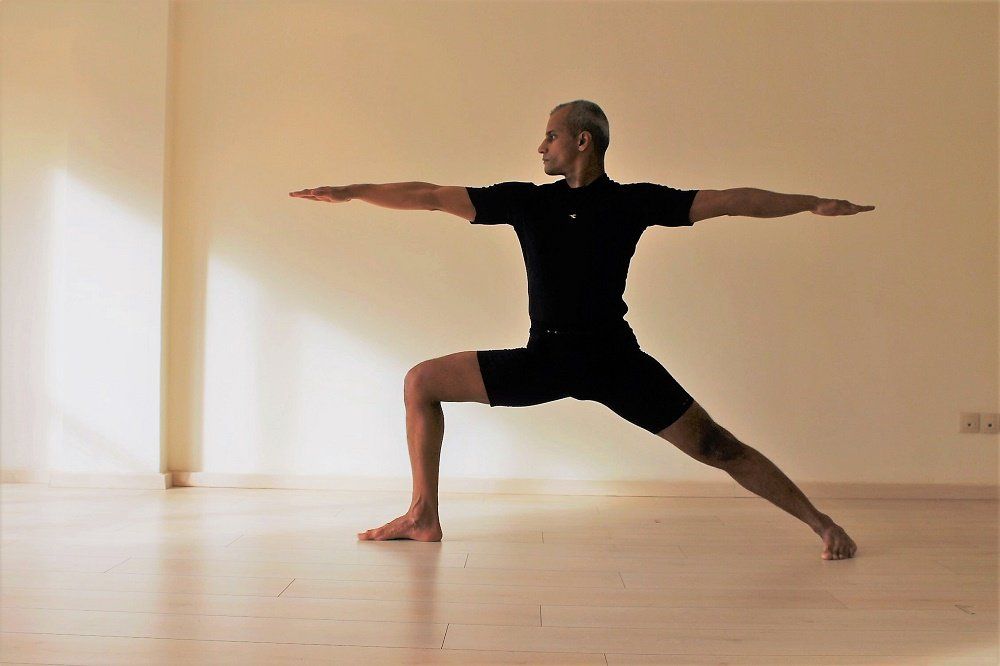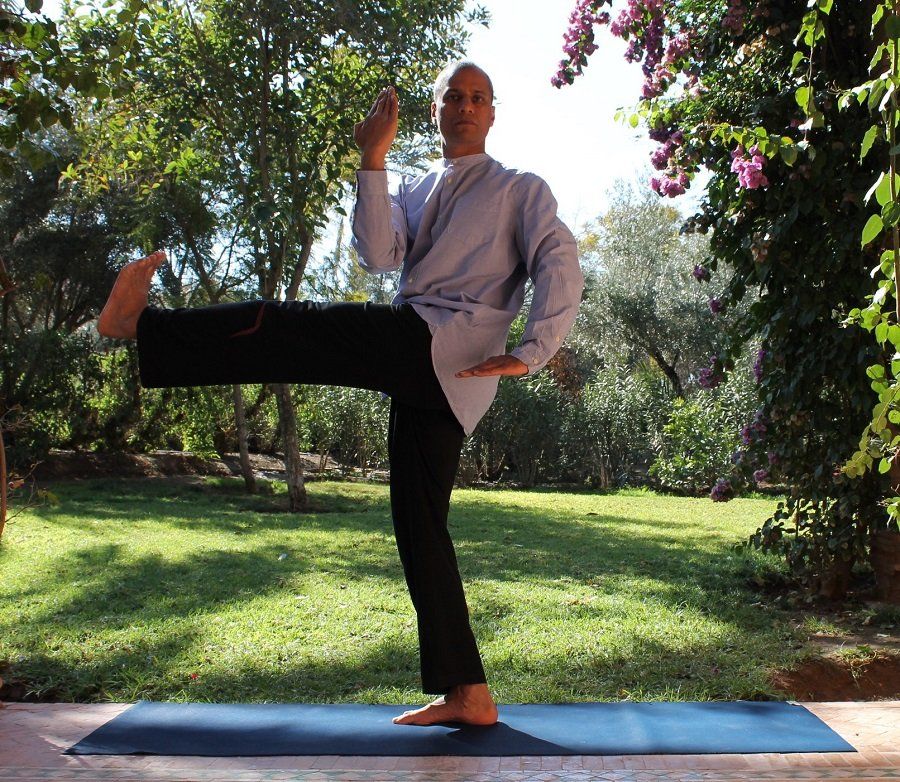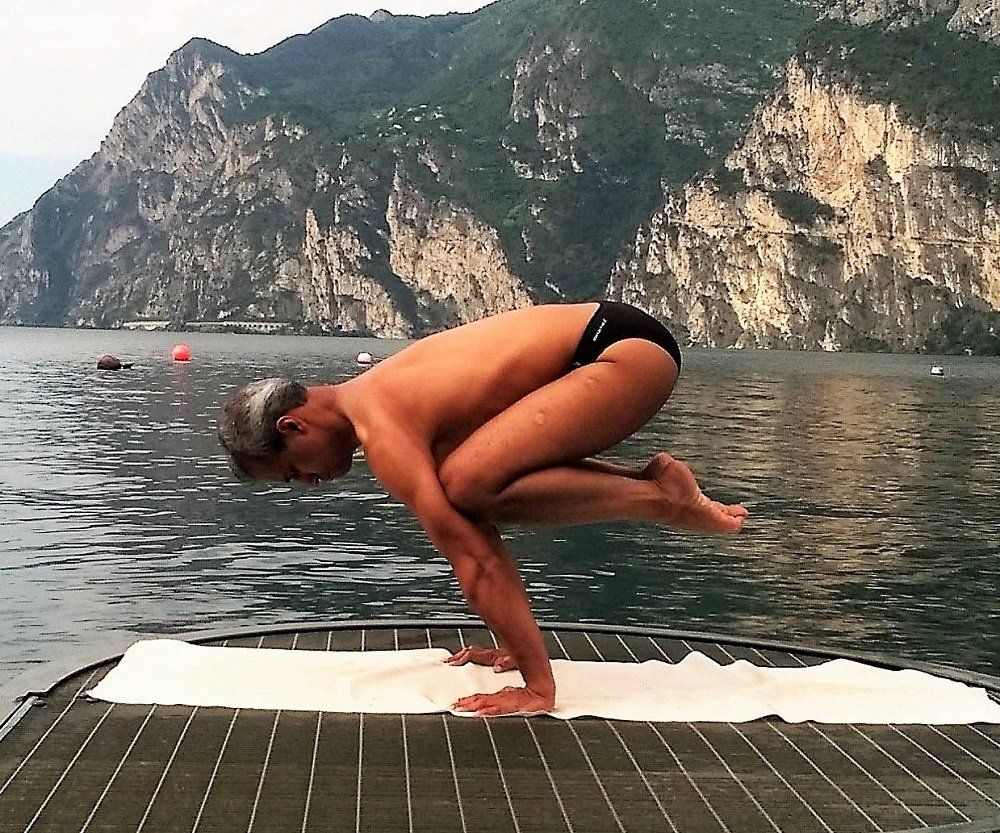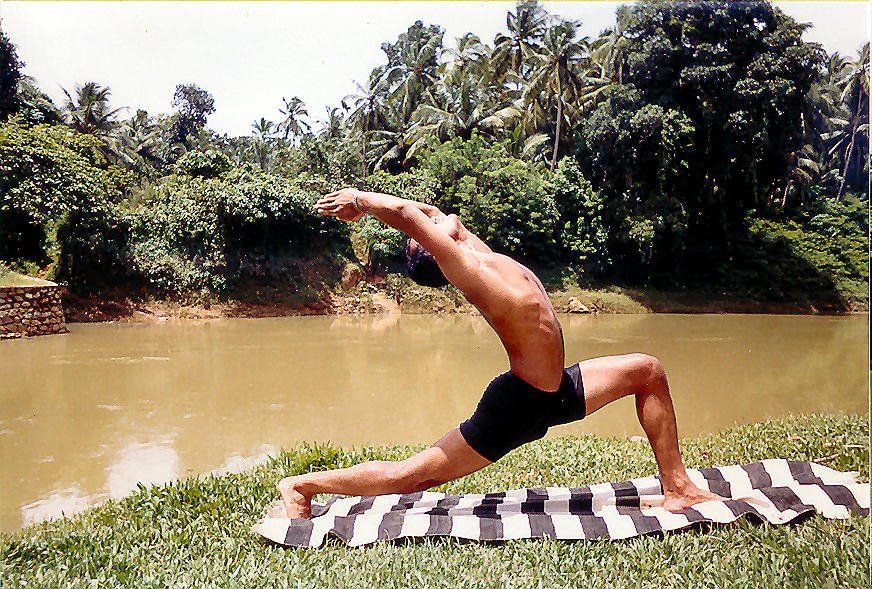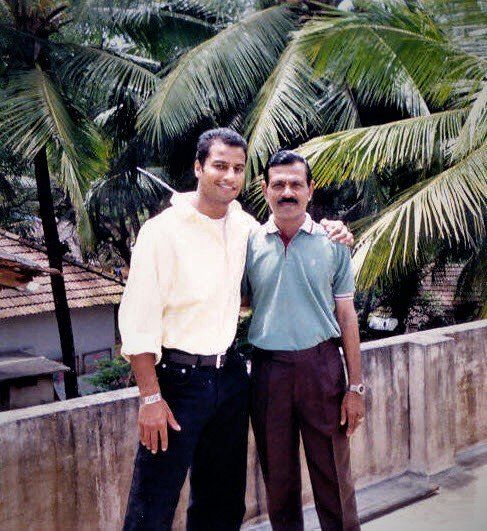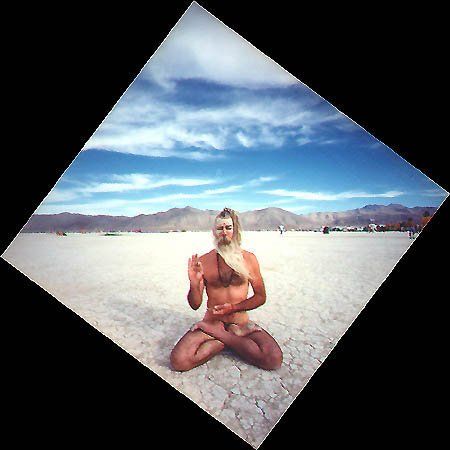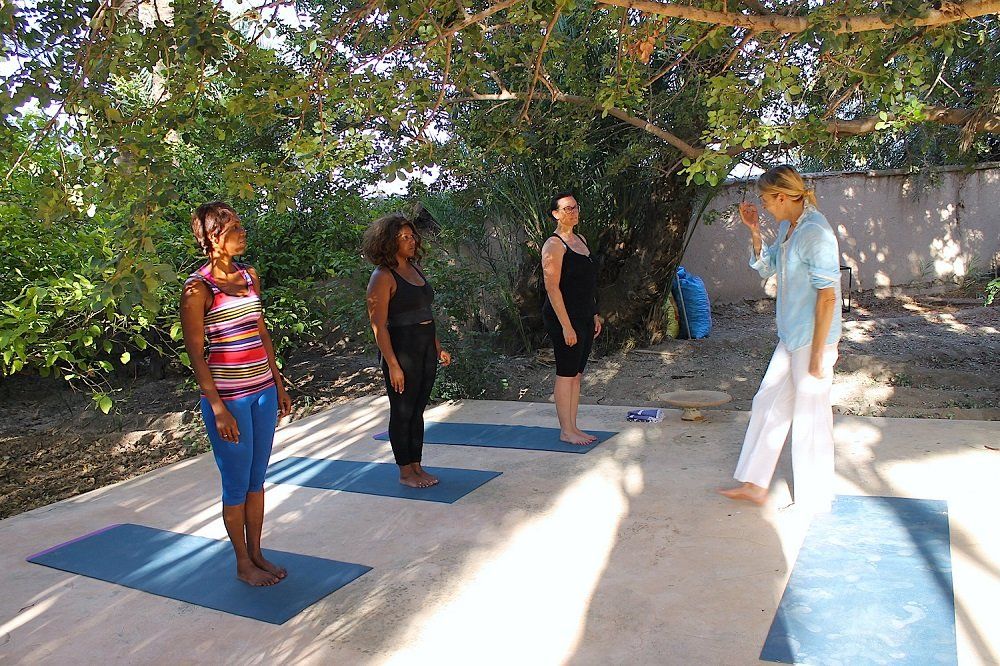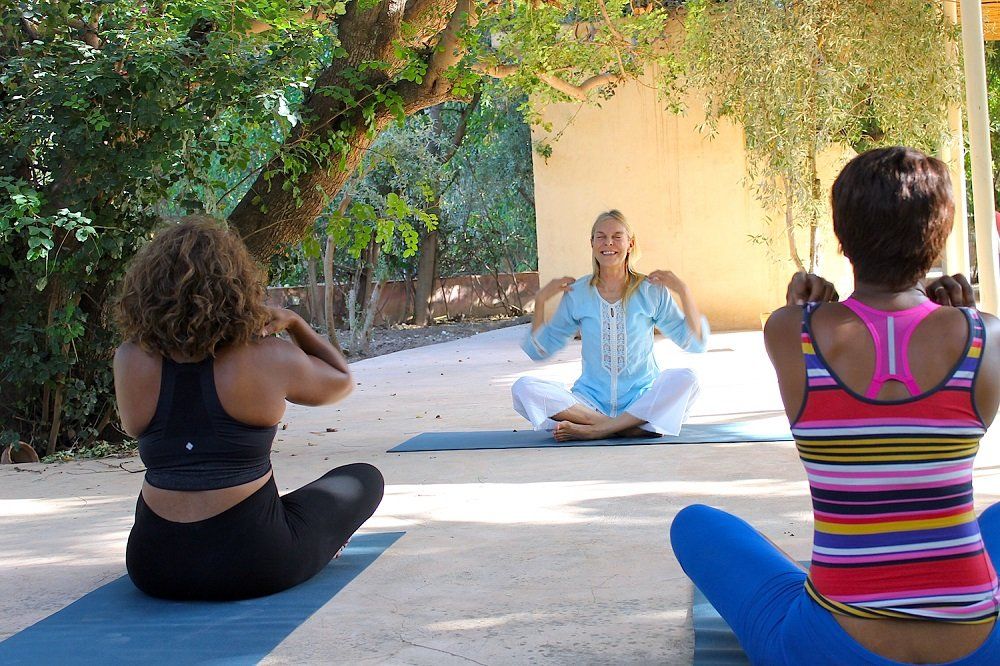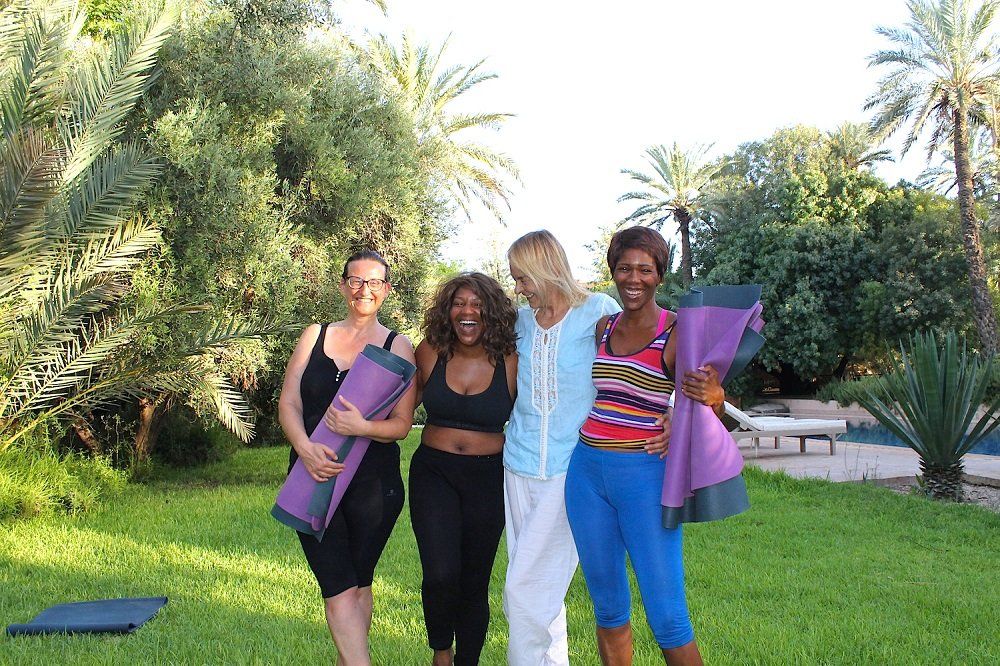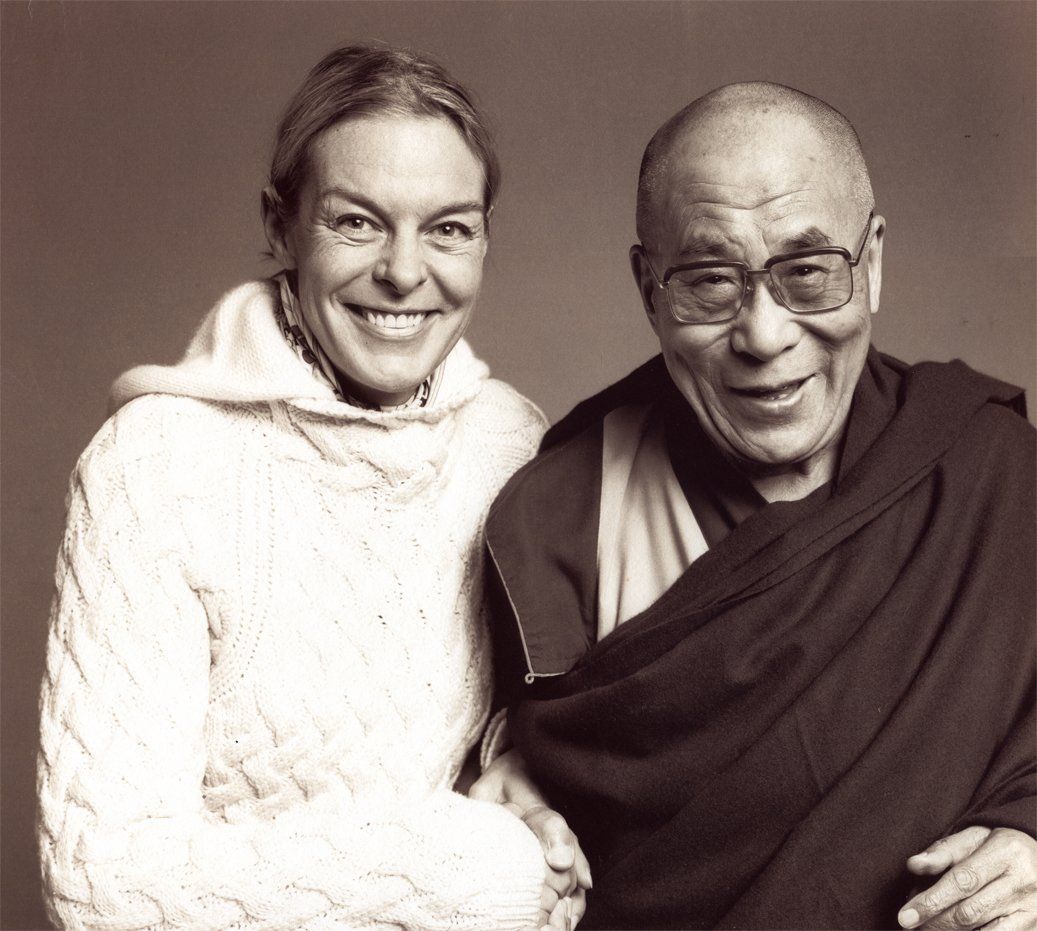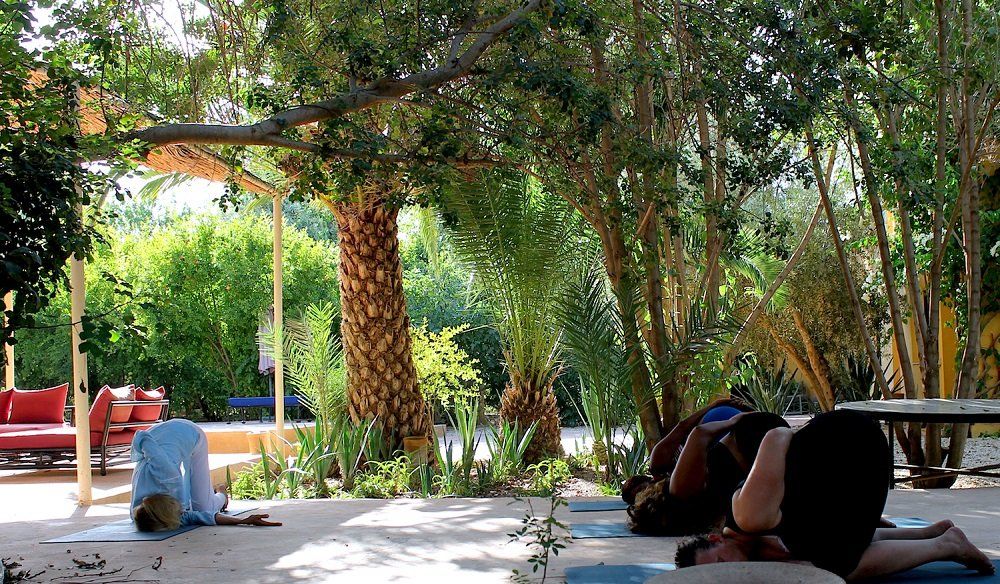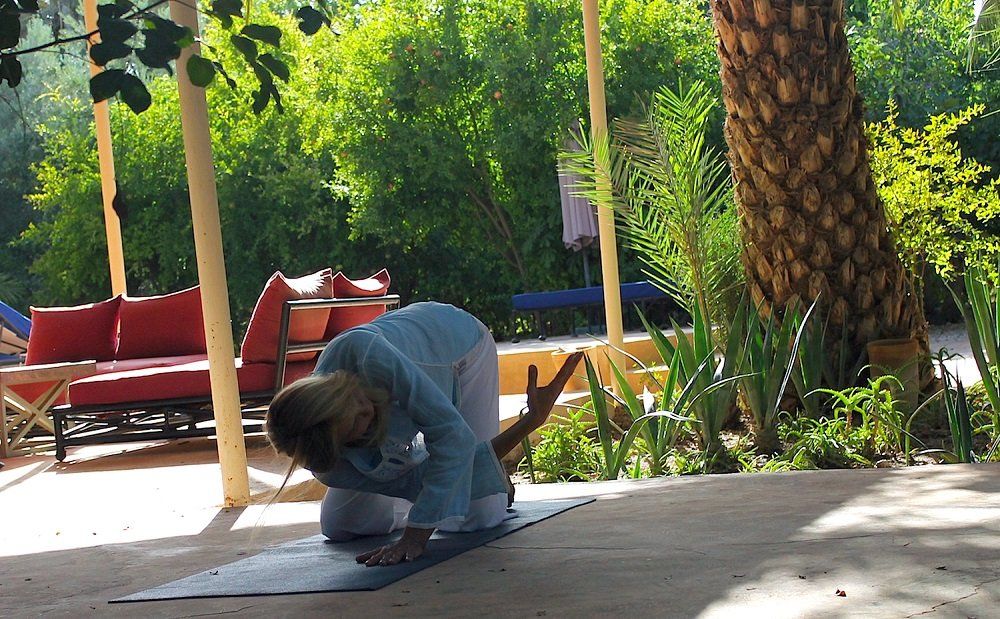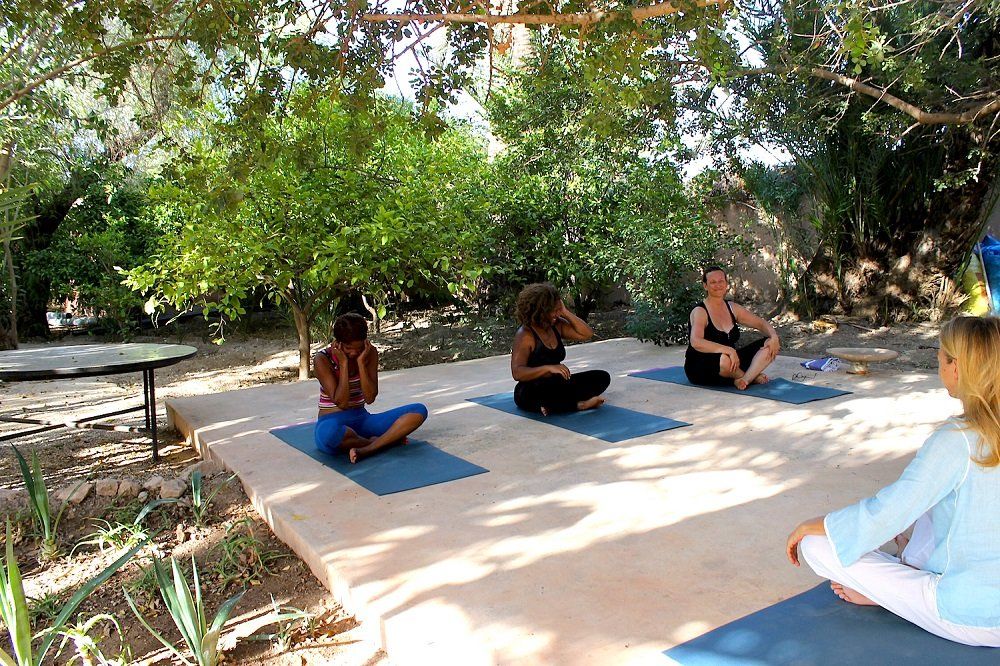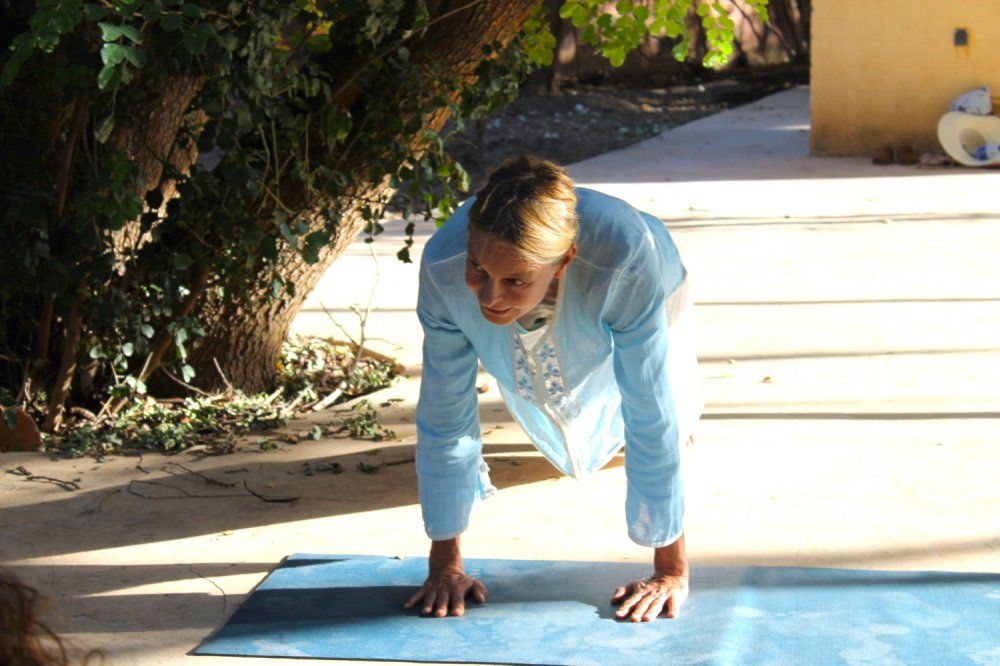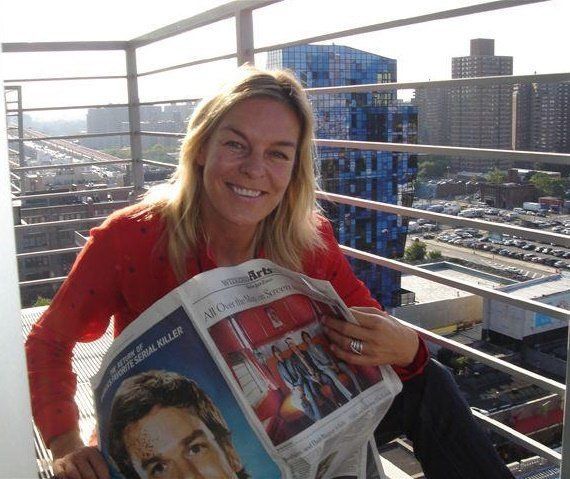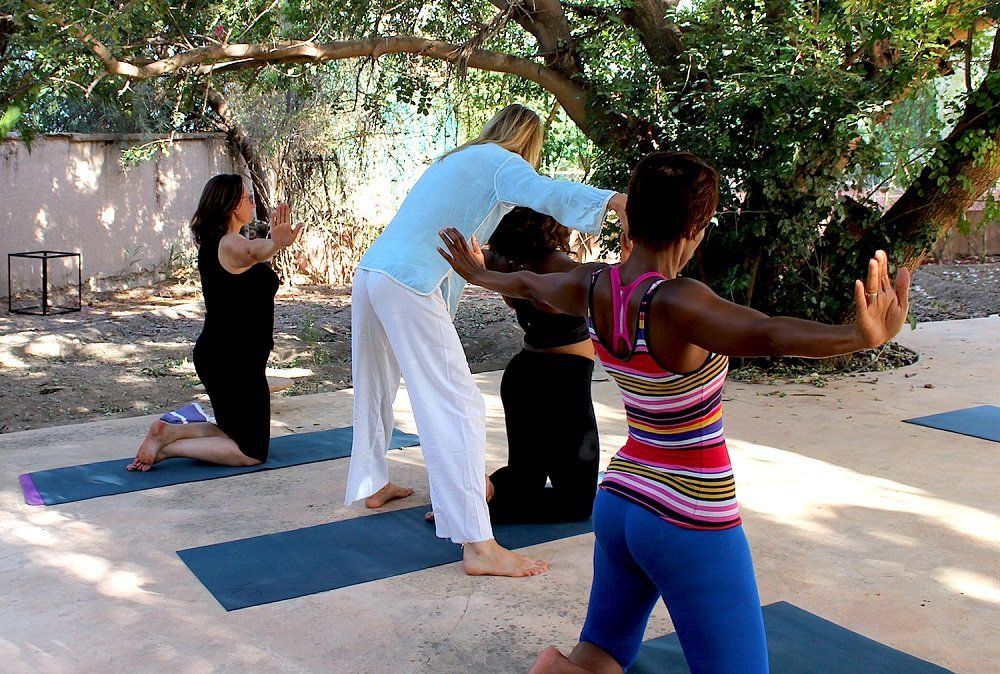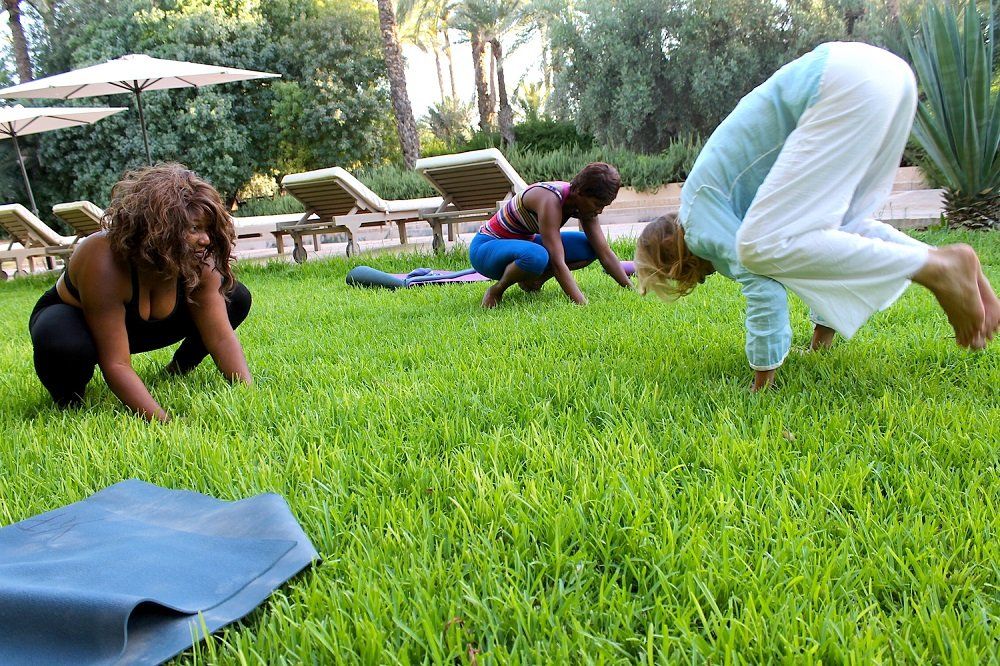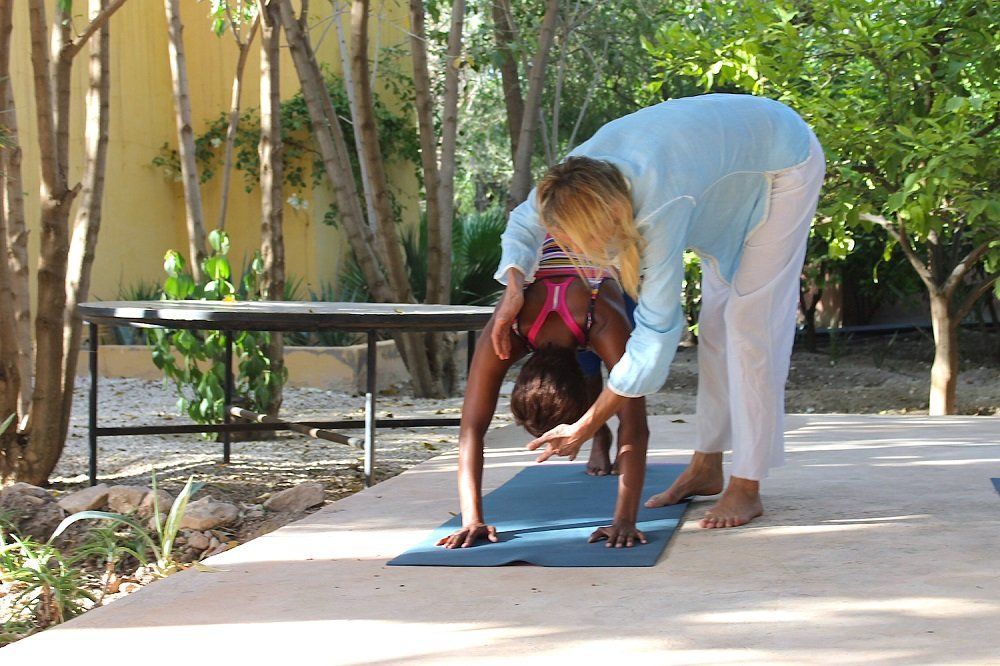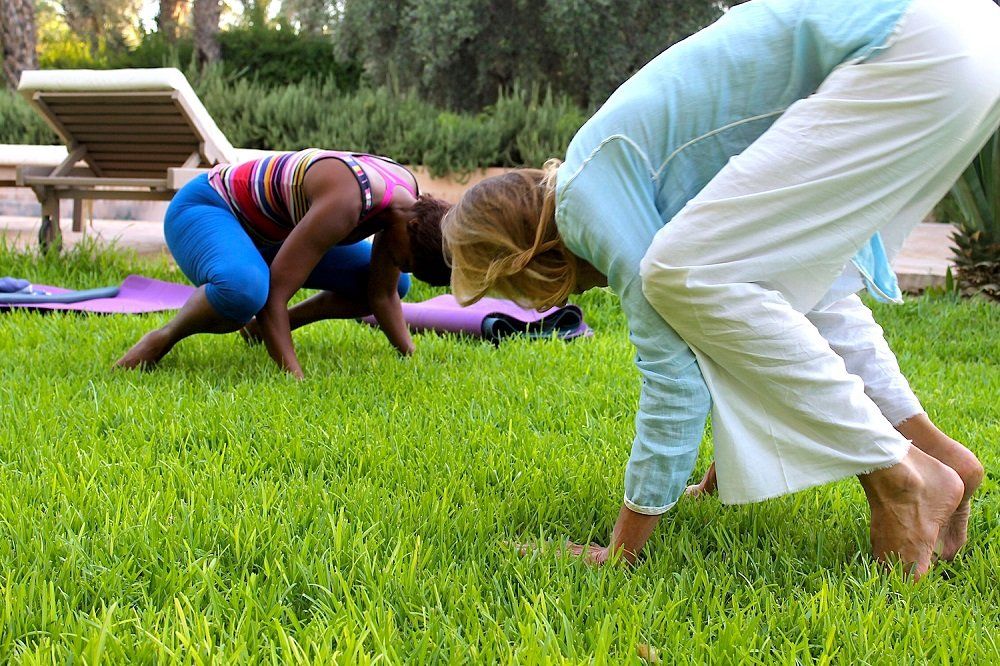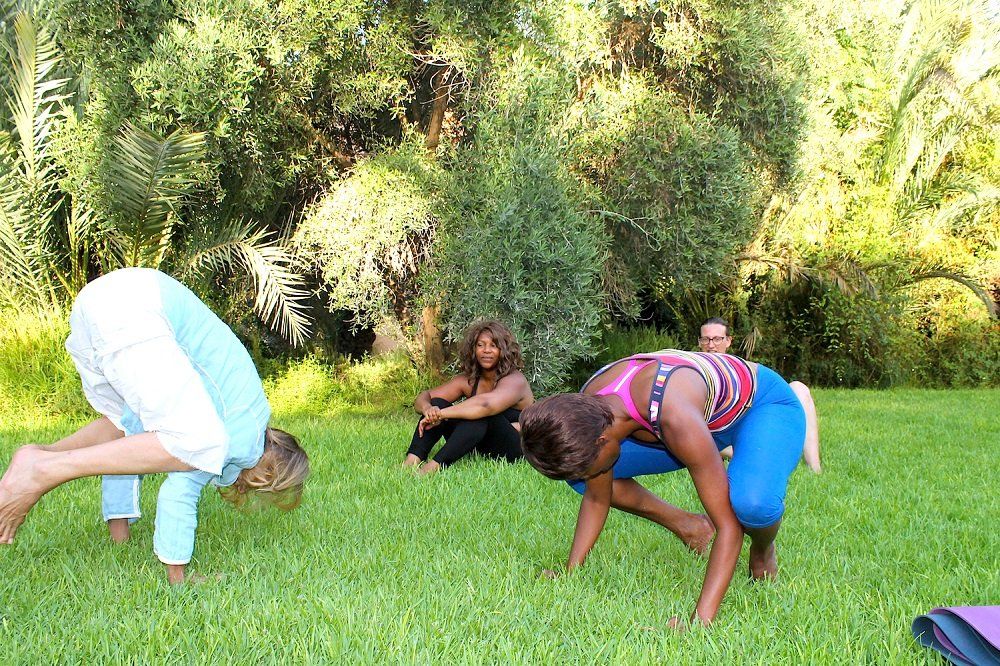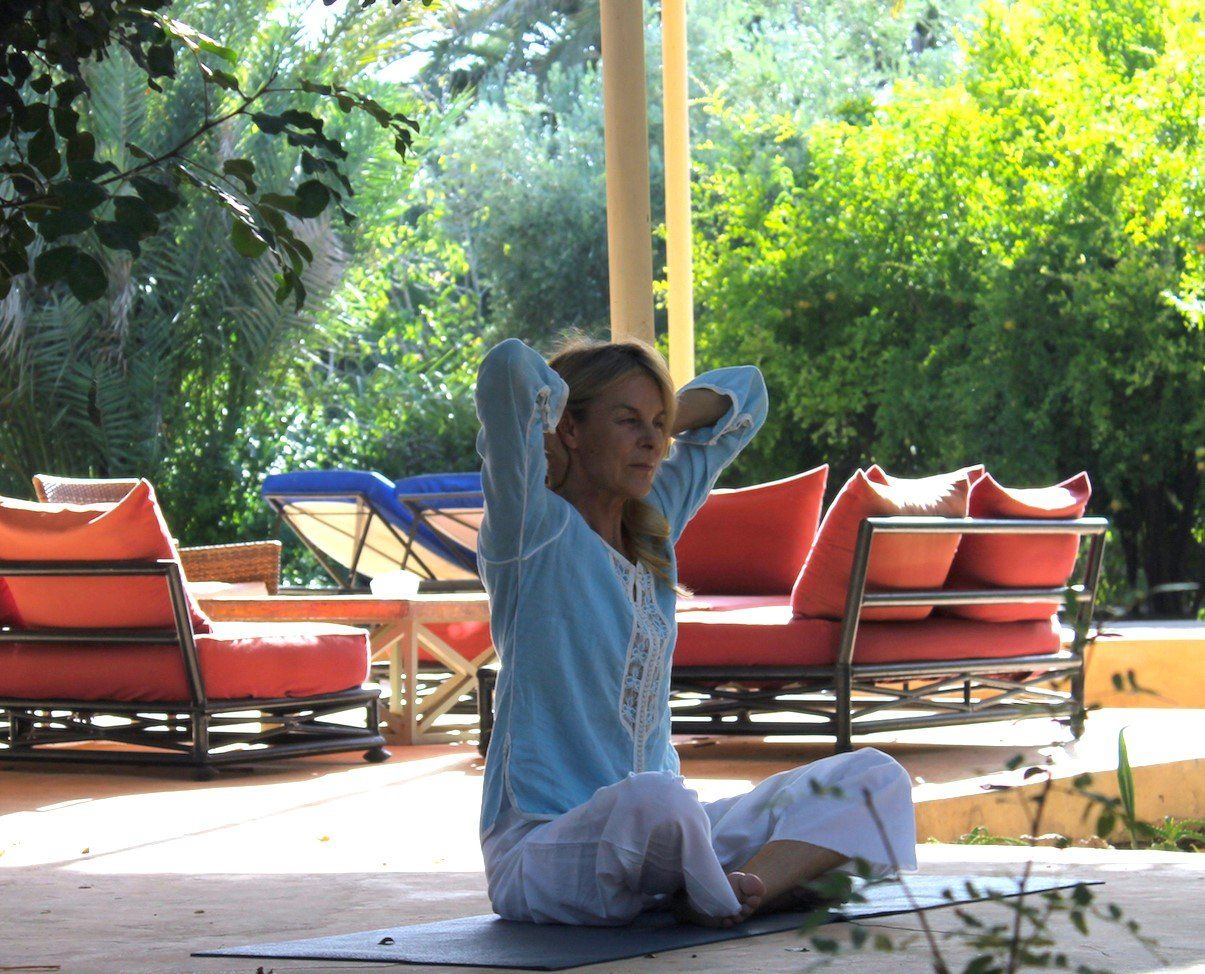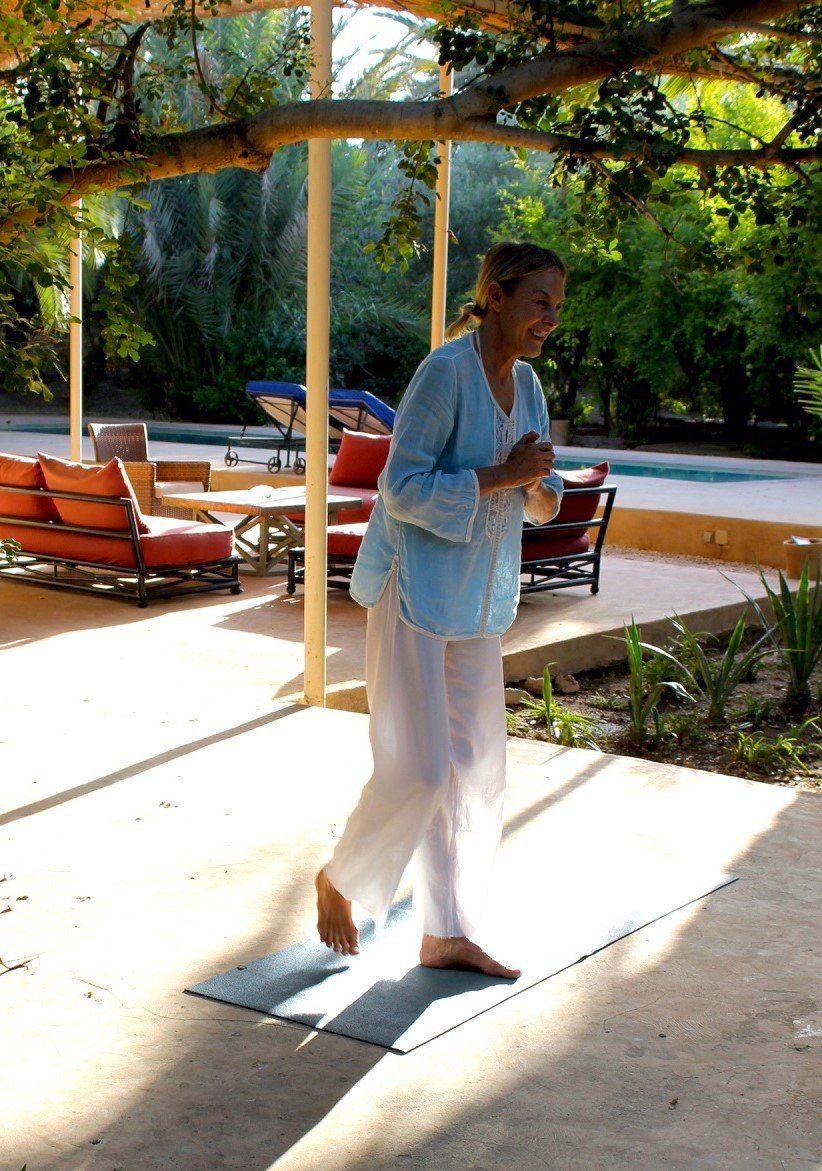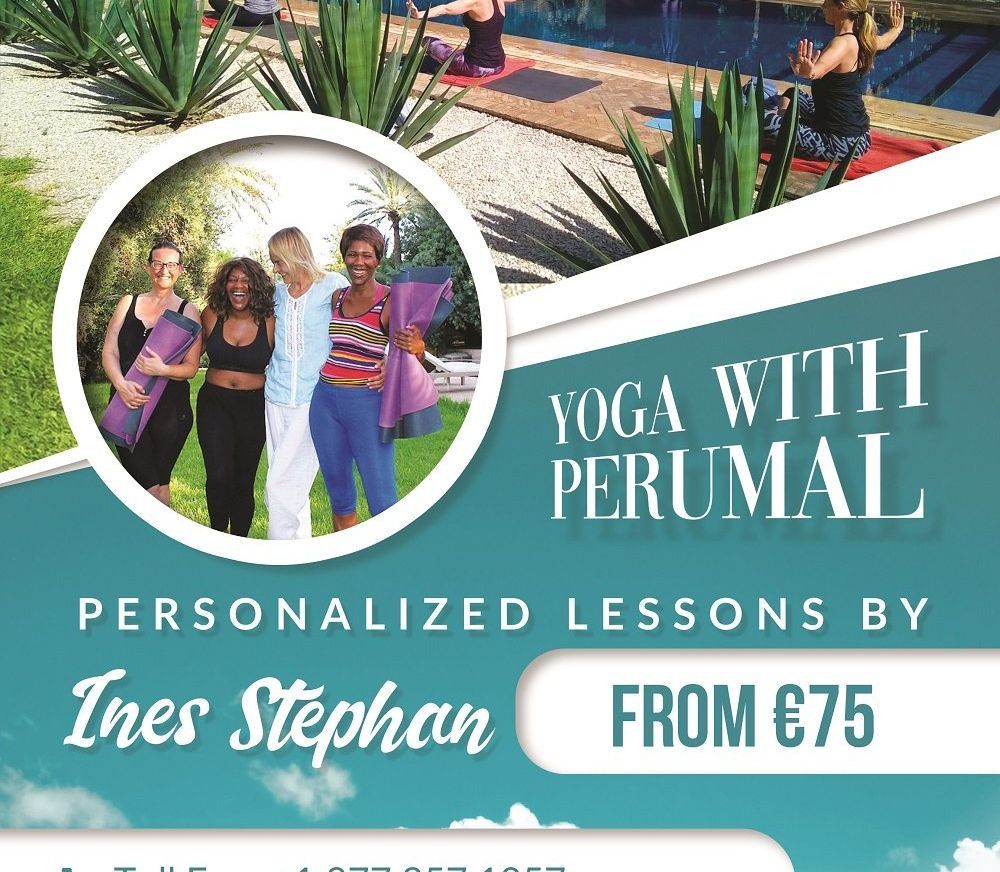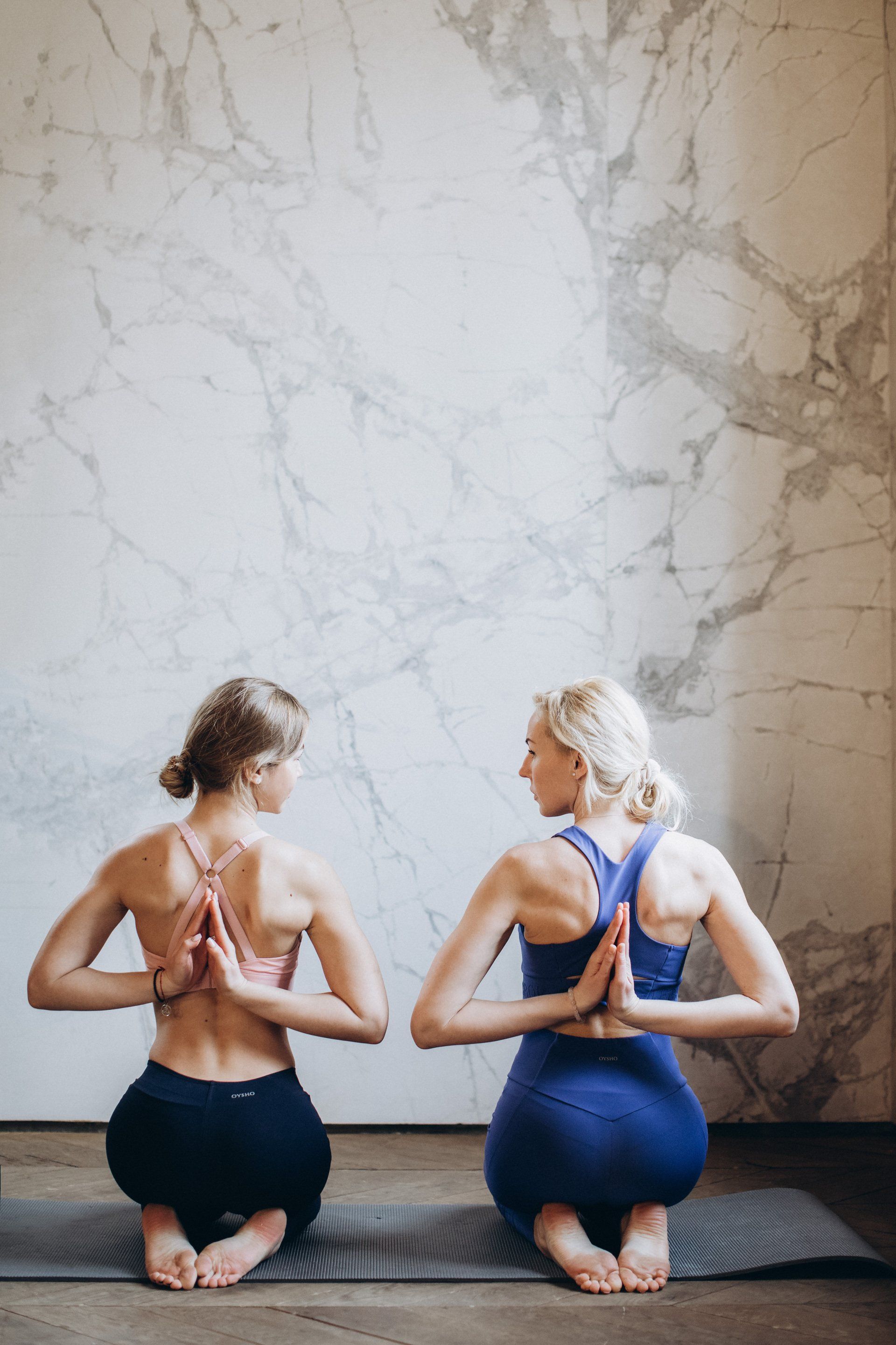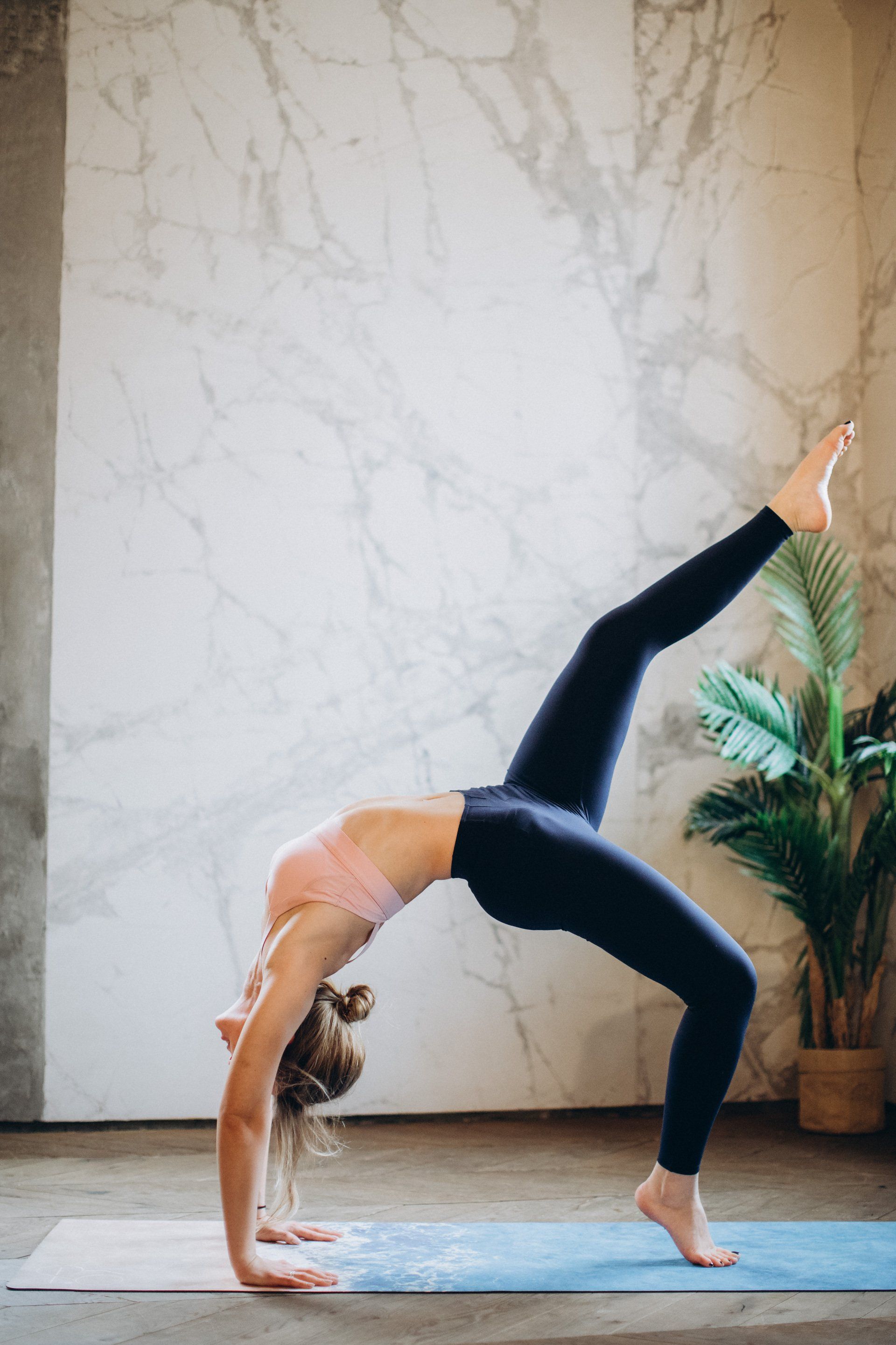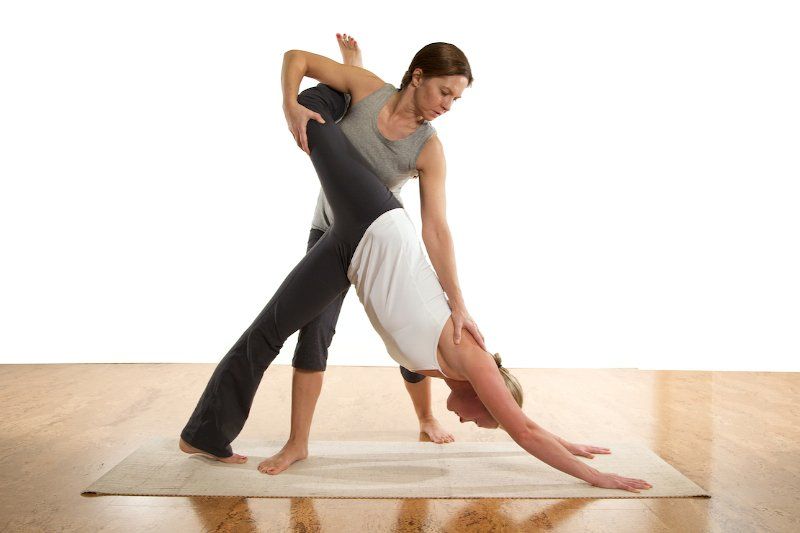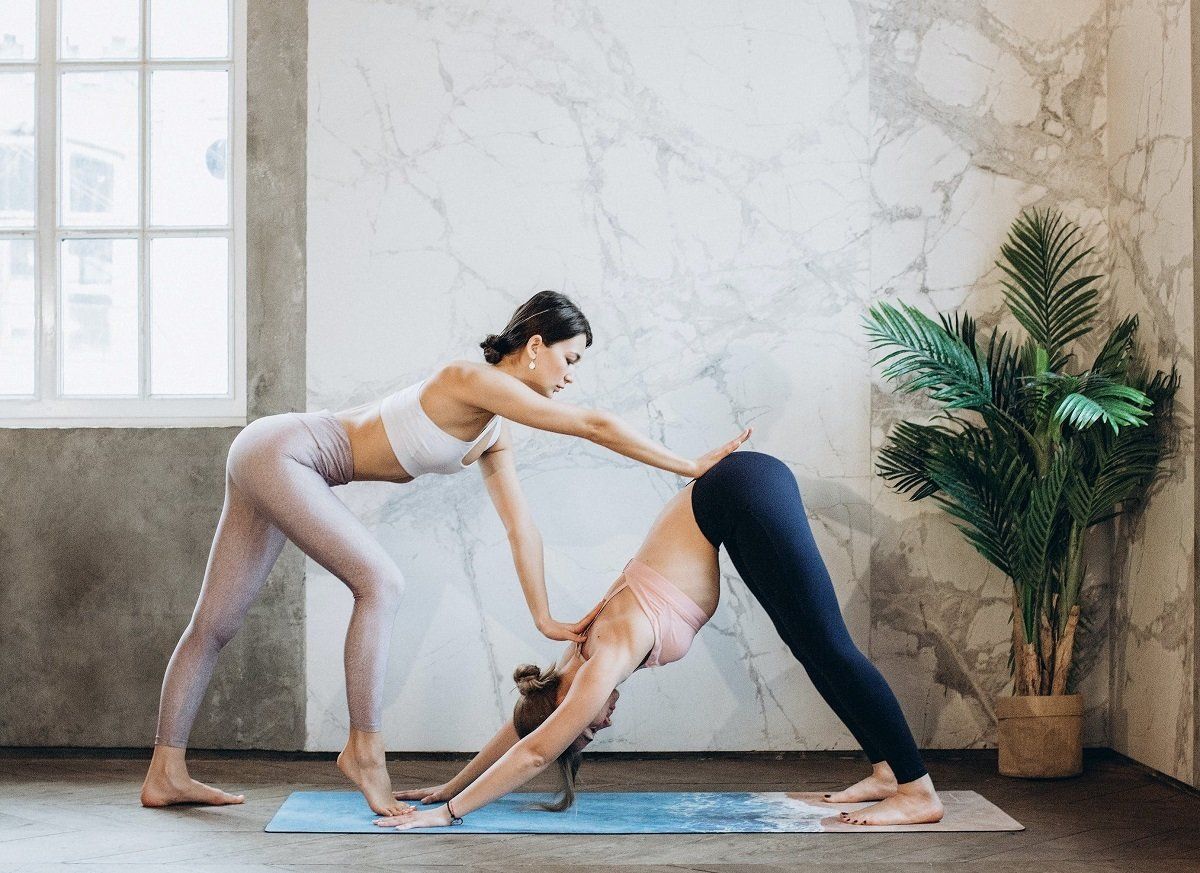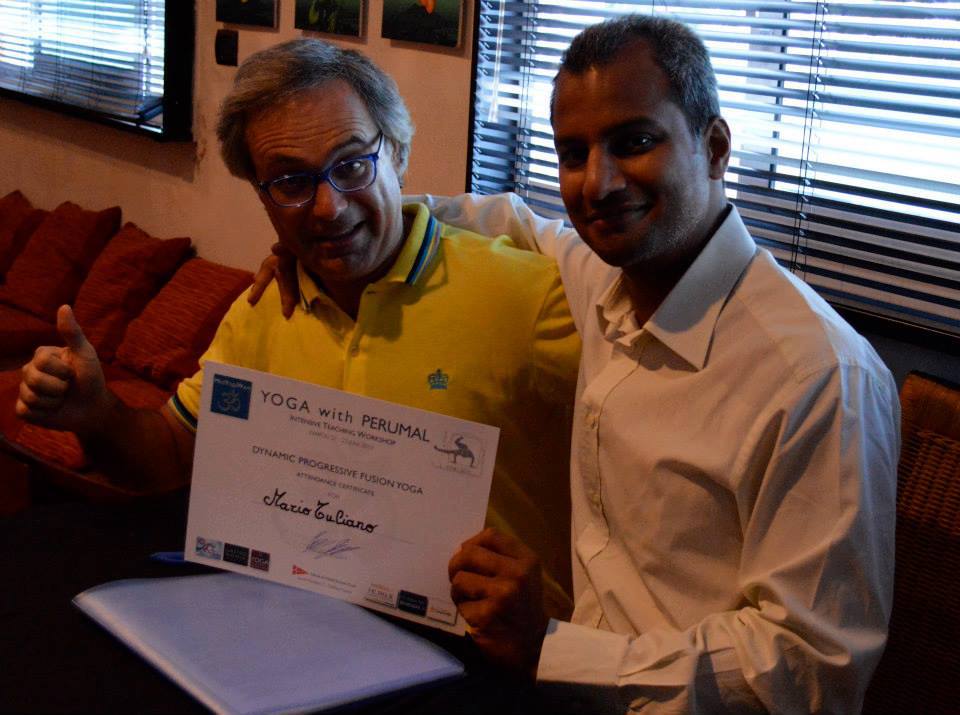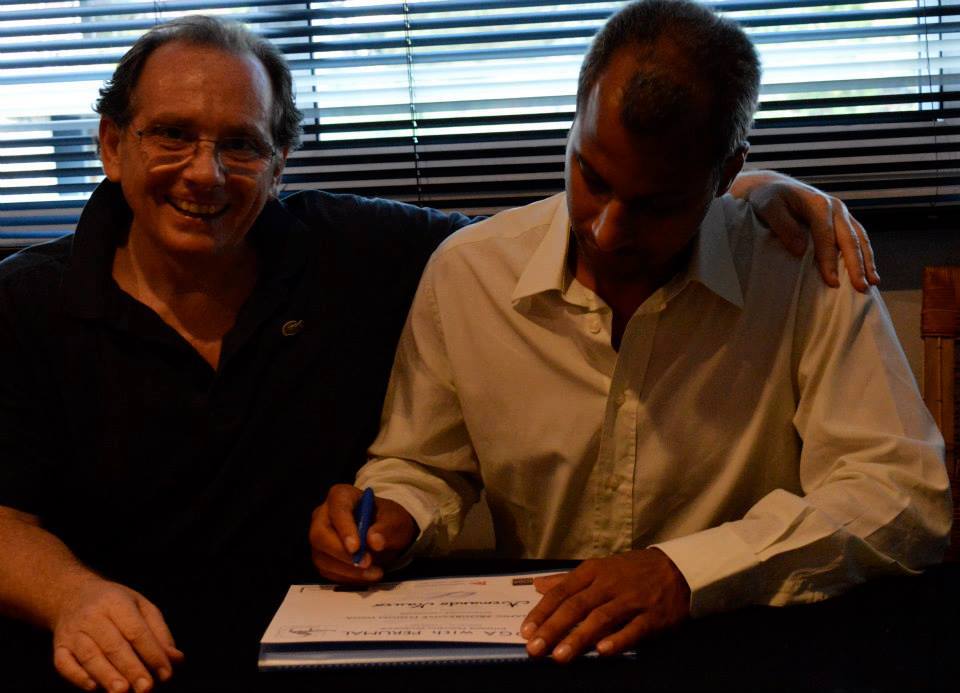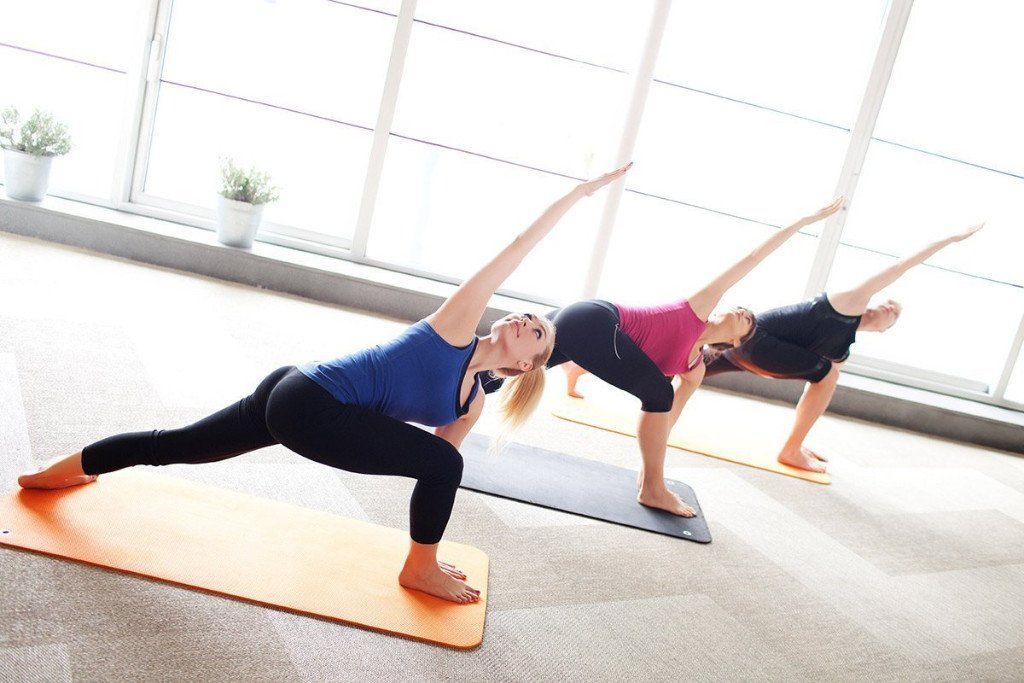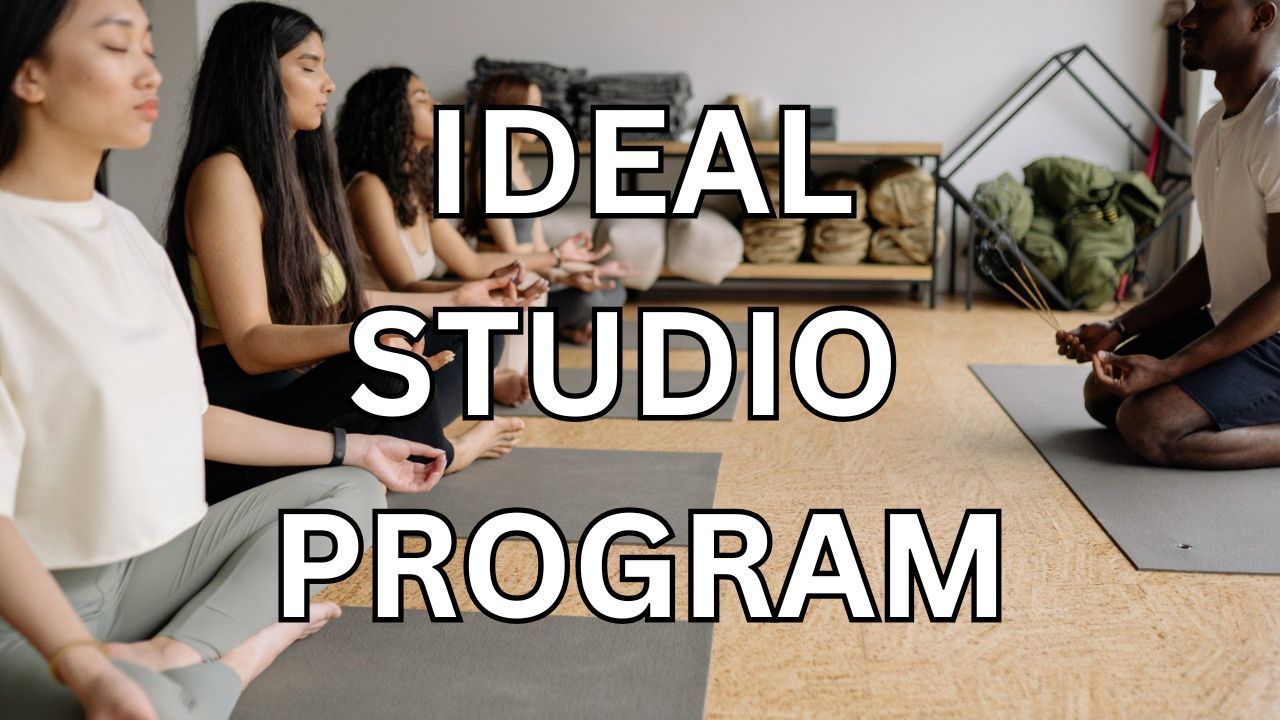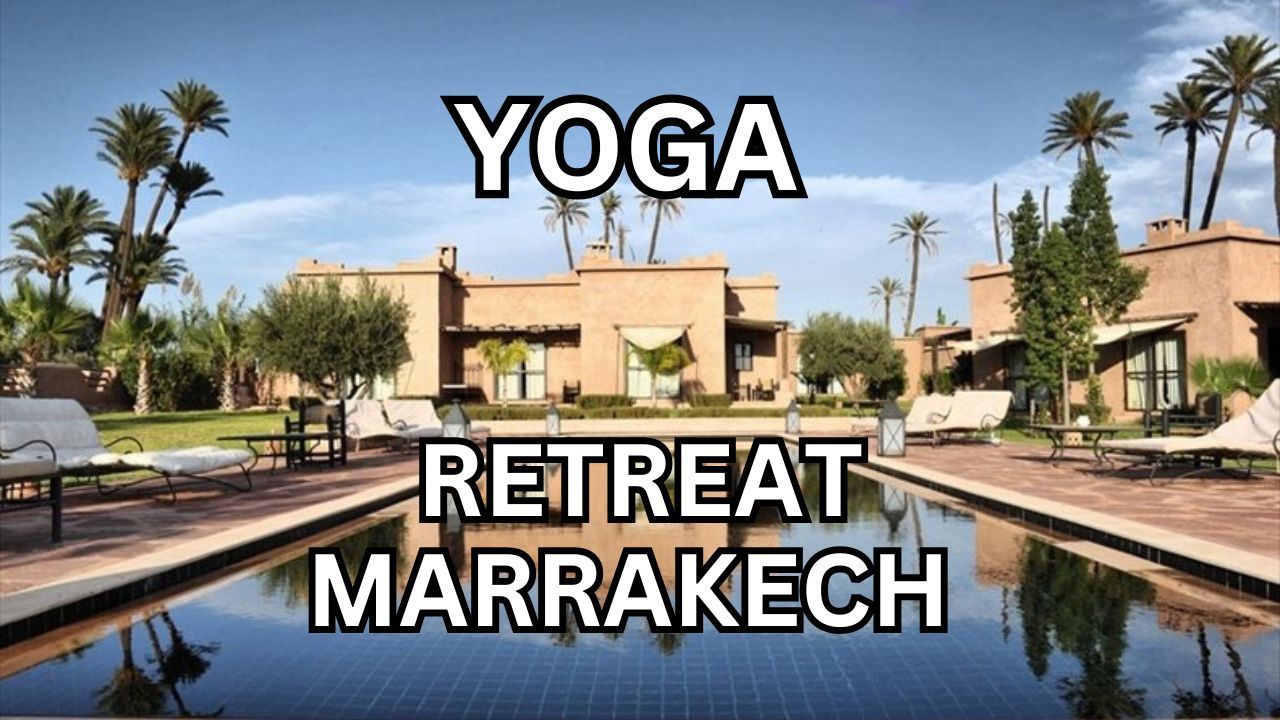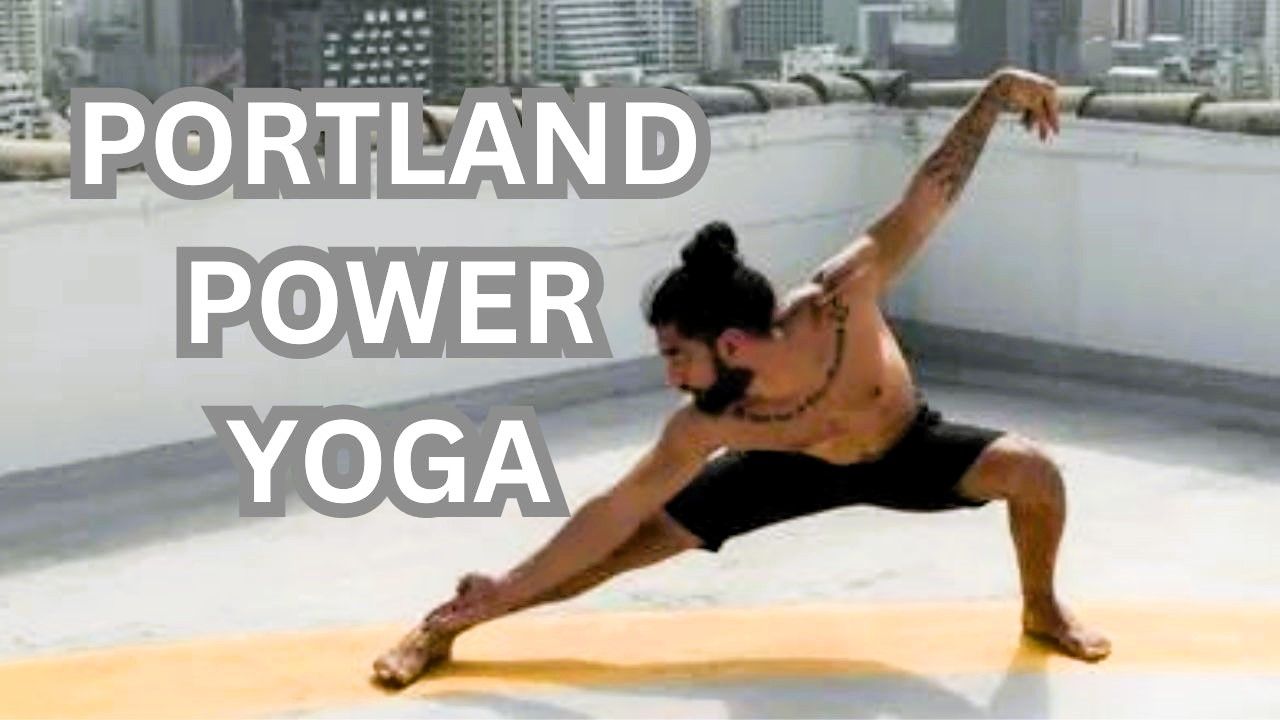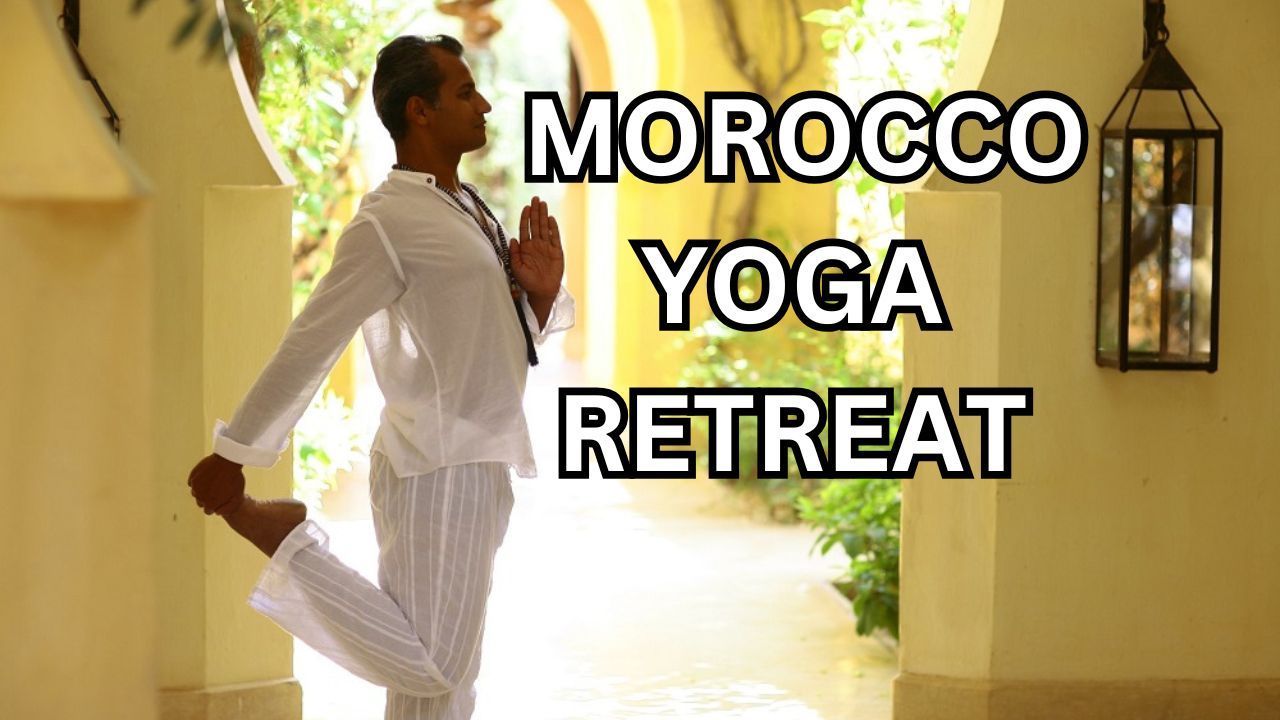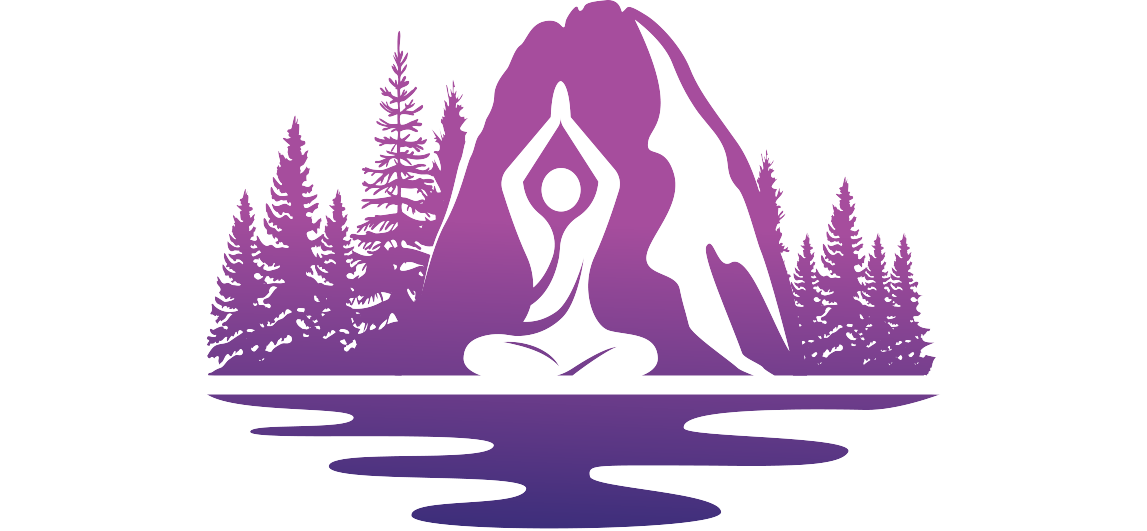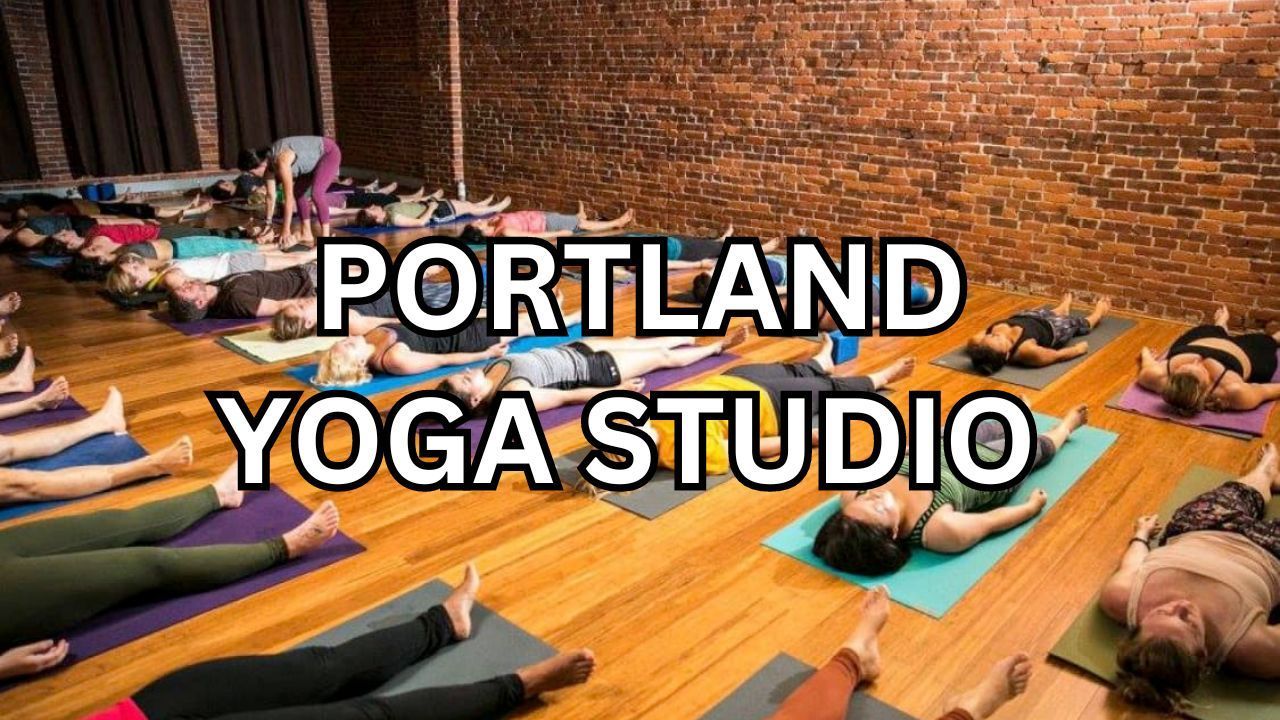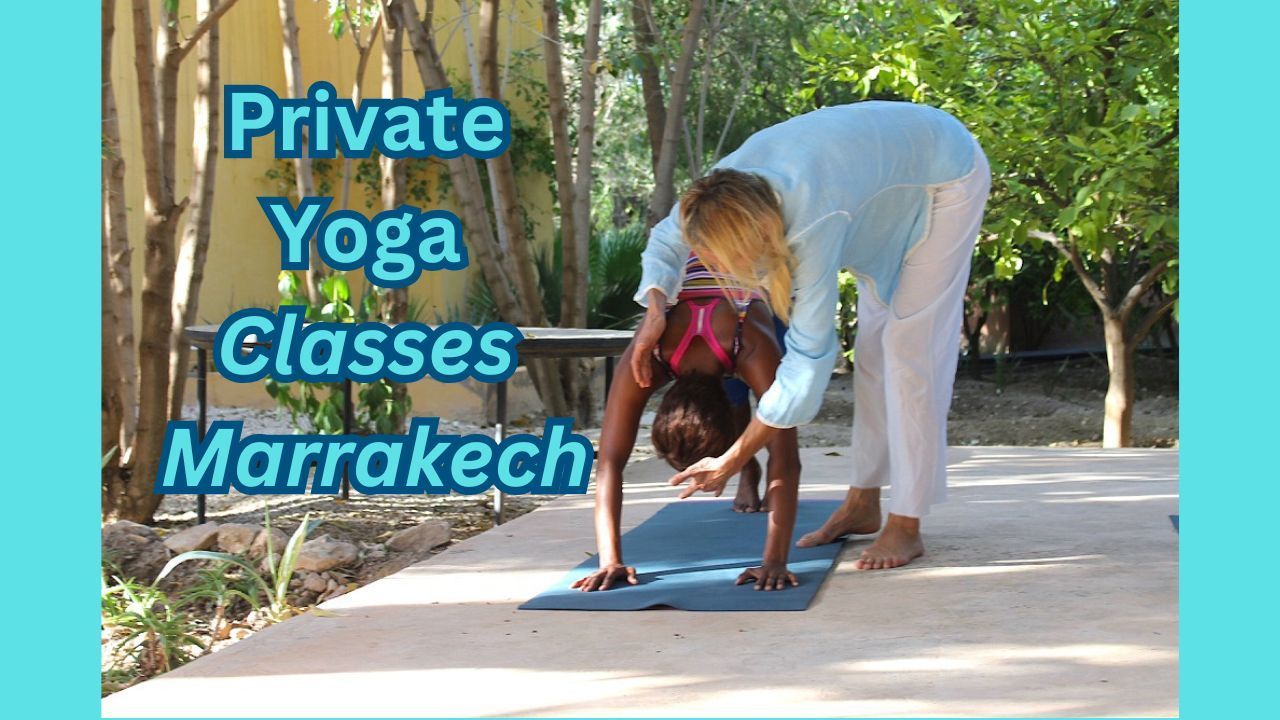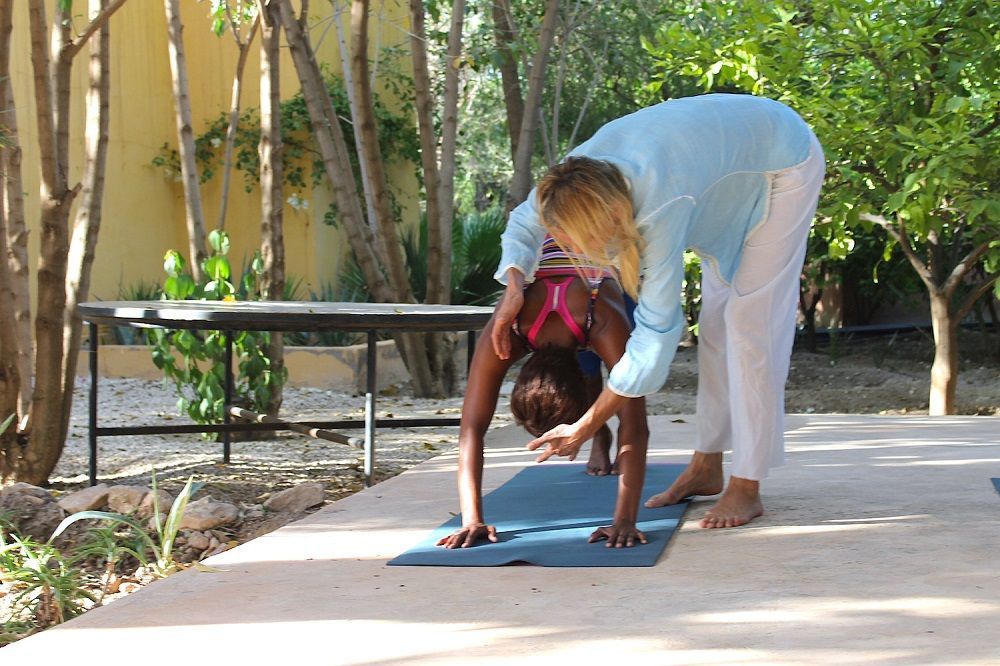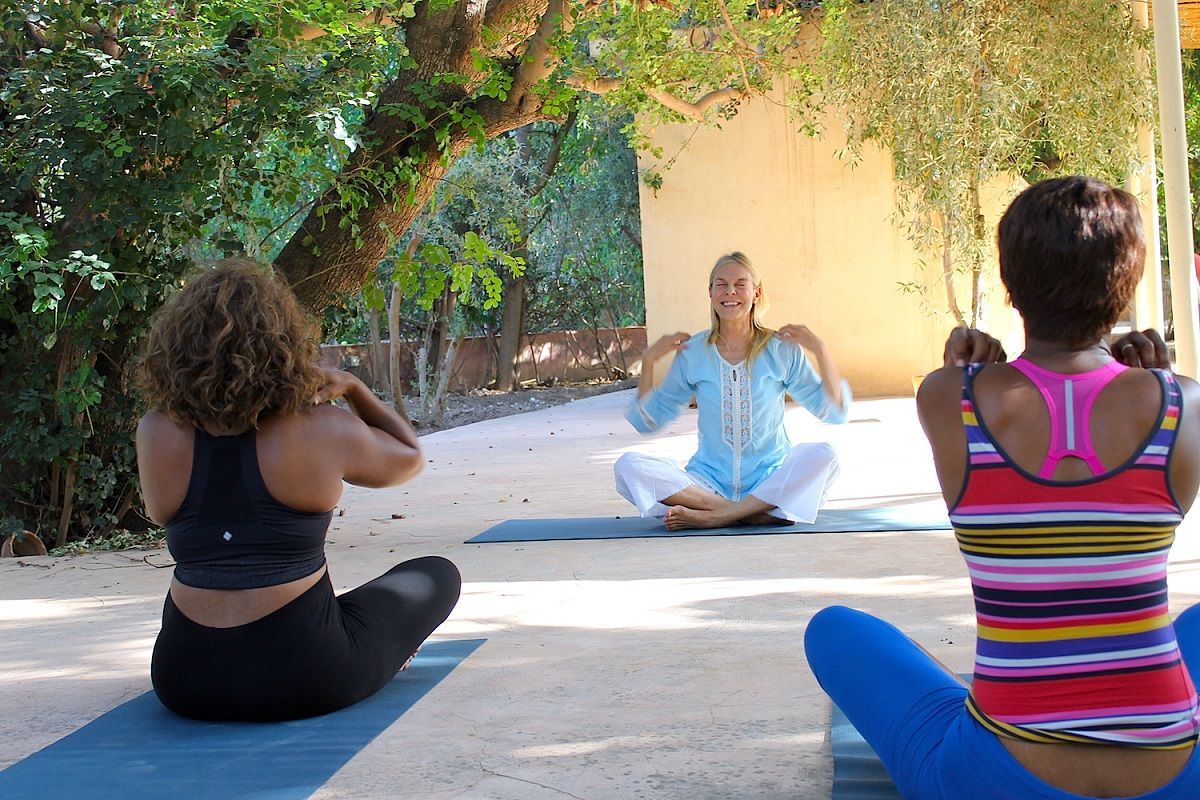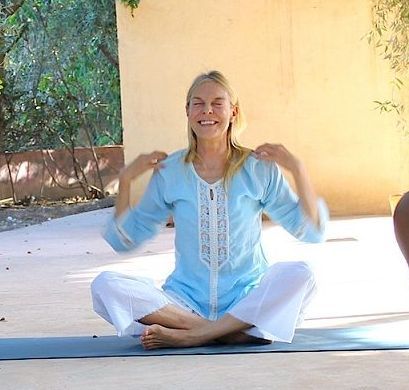PERUMAL KOSHY
Perumal Koshy, born in New Delhi to South Indian parents, transitioned from a martial arts career to yoga. Over the past two decades, he has organized transformative yoga retreats worldwide. Perumal believes yoga is a universal practice and finds joy in connecting people globally. His mission is to foster mental, emotional, and spiritual growth while promoting a healthy lifestyle. His yoga is distinguished by nonrigid, low-impact sequences, and a meditative approach. Yoga with Perumal has been tried and tested in various countries and was fine-tuned over years of teaching. Perumal's unique approach recently expanded to Oregon, USA, offering diverse retreat experiences.
PERUMAL KOSHY
MY PATH INTO YOGA
SPIRITUAL ADVISOR
Sanatana Babaji, a spiritual mentor to Yoga with Perumal, foresaw Perumal Koshy's path into yoga in 1999, maintaining a two-decade connection. Babaji is a devoted Bhakti yogi who received the Hare Krishna mantra from Allen Ginsberg in 1968, and he has practiced Hatha, Raja, Pranayama, and Laya yoga since 1972. Well-versed in sacred texts, he has met numerous spiritual leaders, including the Dalai Lama and Bhagwan Shree Rajneesh. Babaji imparts wisdom on Japa mala, Pranayama, Raja Yoga, and Laya Yoga, offering teachings on the Bhagavad Gita and Yoga Sutras. His journey led him to sacred sites and various spiritual experiences, ultimately guiding him to serve others after a diverse life.
SPIRITUAL ADVISOR
MISS STEPHAN
MISS STEPHAN
STYLE
Yoga encompasses diverse expressions rather than distinct styles. Influential methods like Ashtanga Vinyasa and Iyengar are rooted in the characteristics of their founders but share a common guru, Tirumalai Krishnamacharya. Yoga with Perumal consists of six interconnected parts: Pranayama, Preparatory, Strengthening, Sun Salutation, Stretching, and Meditation. These elements are arranged for individuals or groups, emphasizing synergy and evolution. Yoga with Perumal seeks to unite various yoga approaches, collapsing boundaries, and embraces dynamic, progressive, and fusion aspects. It emphasizes the interplay of energy, gradual growth, and the merger of diverse yoga elements. The focus lies in understanding the abstract essence rather than naming the style.
STYLE
TEACHING STYLE
TEACHING STYLE
The dynamics of a yoga class are characterized by three student categories: Primary, Secondary, and Tertiary. Primary students are the most experienced, occupying the front rows, while Secondary students attend less frequently and look to the Primary for guidance. Tertiary students have the least experience and may be transient attendees. In class development, Primary students are positioned in the front row initially, followed by Secondary students. Hands-on guidance for Tertiary students is deferred until they grasp the basics. The approach to practicing with teachers can involve teachers practicing alongside students or verbally guiding them. Hands-on guidance is emphasized, particularly for international yoga retreats. The inward focus is highlighted to connect deeply with the body, mind, and spirit. Injuries are prevented by avoiding distractions and excessive practice repetitions.
STUDENT TEACHER
The teacher-student relationship in the world of yoga is a complex and multifaceted connection. It's marked by several principles, including supportive detachment, advisory roles, non-economic motivation, surrender, confidentiality, empathy, and more. Teachers play a crucial role in guiding students on their journey, imparting wisdom, and helping them discover their inner teacher. The relationship between teachers and students is deeply spiritual, fostering growth, mutual respect, and self-sufficiency. This intricate bond is marked by a unique set of rules and dynamics that may vary across cultures and individuals, ultimately contributing to a rich and evolving tradition in the realm of yoga.
STUDENT TEACHER
TEACHER TRAINING
TEACHER TRAINING
Traditionally, becoming a yoga teacher involved a lengthy apprenticeship under an experienced teacher, emphasizing character and deep understanding of the practice. Today's teacher training programs often prioritize fixed hours and set programs. The over saturation of yoga teachers, especially those with limited self-practice, has raised concerns about their ability to add value. In the past, dedicated students assisted head teachers without pay, deepening their understanding of the method. The success of a new teacher depended on their connection with the head teacher. In this traditional approach, teaching was seen as a self-practice. Yoga with Perumal provides certificates of completion. This is not a certificate of teaching but will be a great supplement with other programs and a first step into teaching the Yoga with Perumal method.
